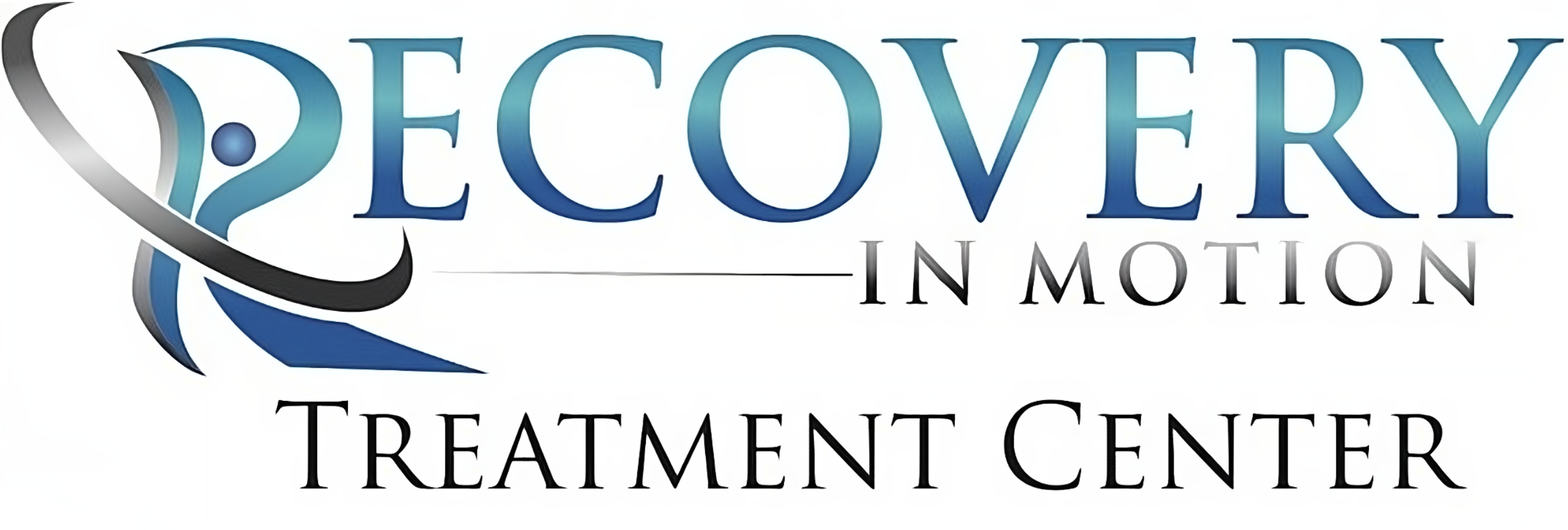How the Abuse of Prescription Pain Medications Can Lead To Heroin Use [Infographic]
Prescription Pain Medications Many individuals who struggle with an addiction to heroin originally began by abusing prescription pain medications. All too often, people mistakenly believe that prescription painkillers are less addictive, dangerous or problematic than drugs like heroin, but the two are inextricably linked. The use of prescription pain medications can and often does lead […]
Accidental Addiction: How Opiate Addiction Can Begin [Infographic]
One of the reasons that accidental addiction are so widespread and problematic in the United States is that the addictions are often accidental. Individuals who may start out simply following their doctor’s orders can wind up abusing opiates, and it may not be through any fault or intent of their own. You need to better […]
Are There Ways, Other than Medication, to Ease Opiate Withdrawal?
Over half of all drug overdose fatalities in the United States, today are the consequence of opiates. To break an addiction, withdrawal from opiates may be integral, but the cycle is also not always simple. To facilitate the withdrawal of opiates, the best option has always been to get help from medical professionals ‘ in […]


